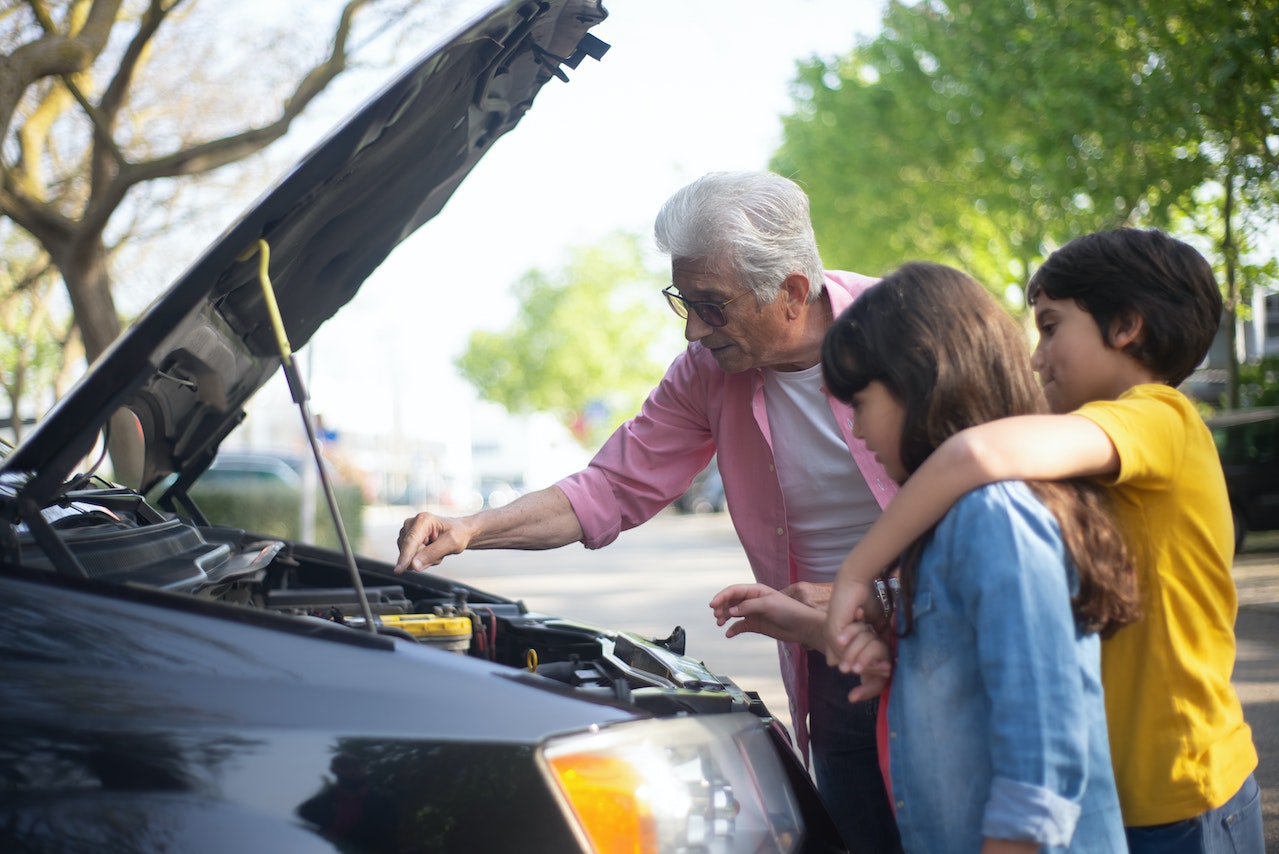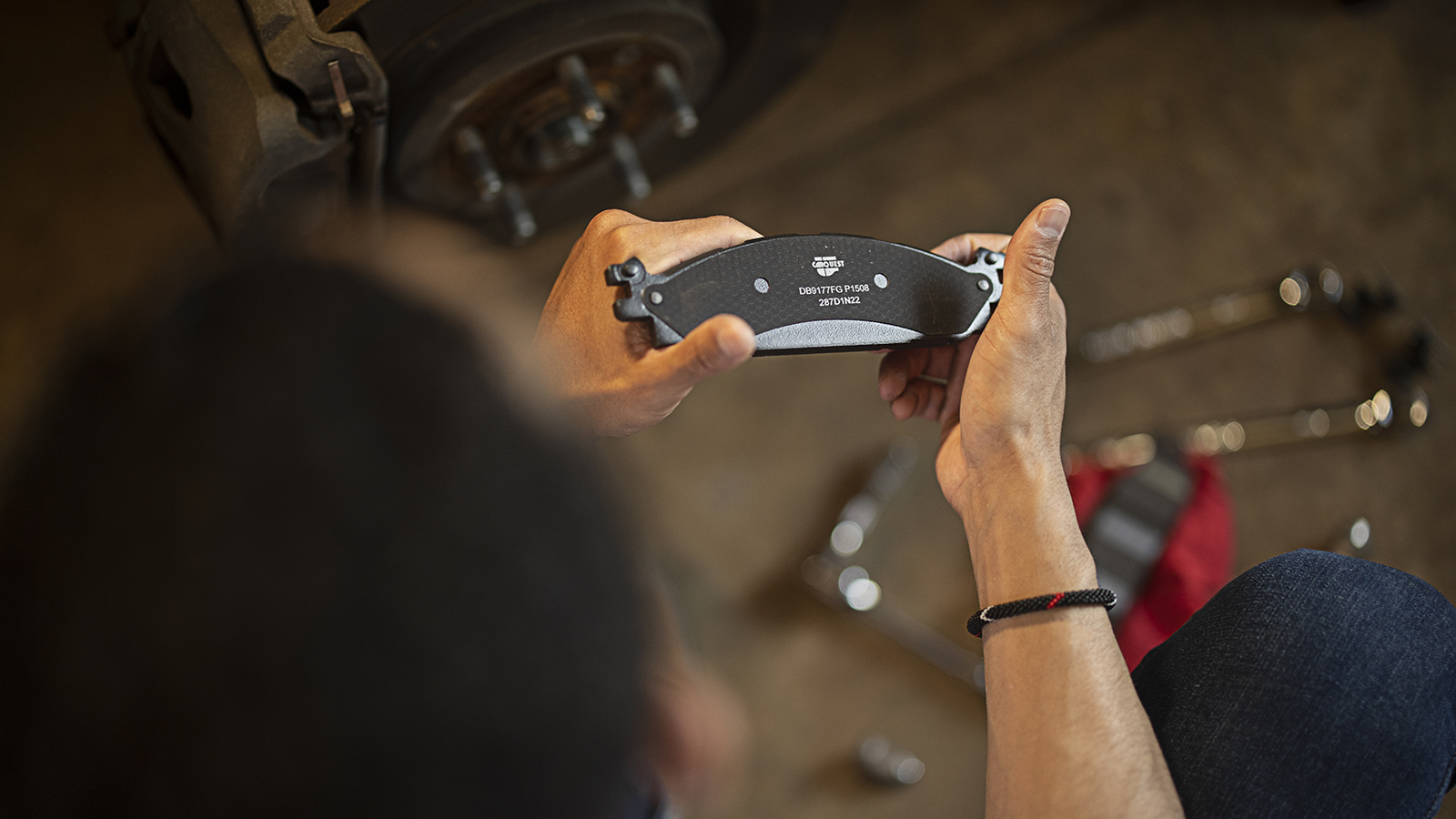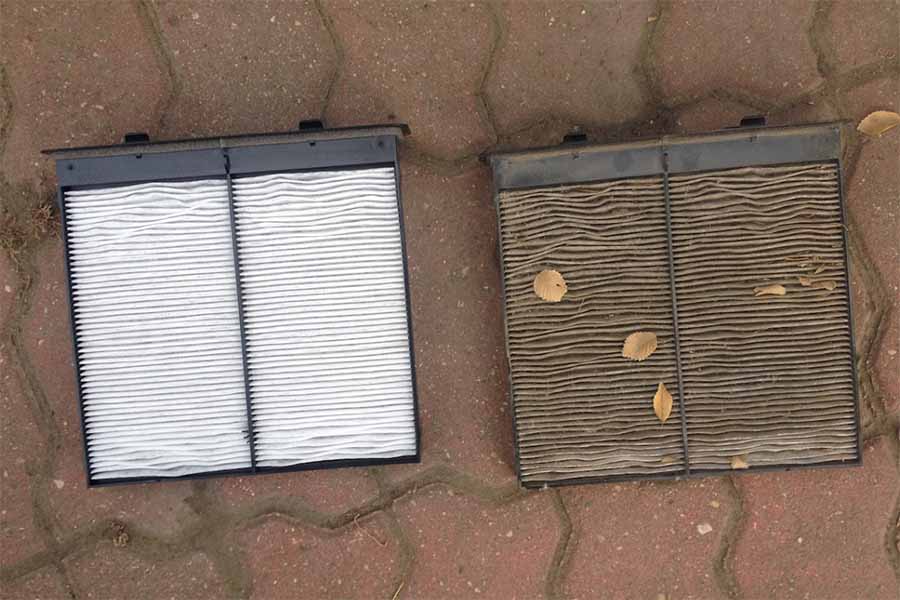By
Before you know it, it's going to be getting warmer and sunnier, and you're going to want to get that boat back in the water again. Just like winterizing your boat, preparing it for use in the spring and summer is a process with several steps involved and several things to be mindful of. Just take an afternoon, follow our advice on how to dewinterize a boat, and you'll be ready for some warm-weather adventures.

Hull and Topside
- If your boat was covered for the winter, uncovering it is an obvious place to start. If it was covered with a tarp, fold it carefully and store it; if it was shrink-wrapped, dispose of the wrap properly and recycle it.
- Clean the hull using a mild detergent solution or diluted trisodium phosphate. Wax it with a good-quality marine paste wax. If you use a buffer, remember to buff lightly and keep that buffer moving in order to avoid swirl marks. If you have to focus on a problem area, use a light rubbing compound and a towel, not the buffer. Don't wax the non-skid areas on the deck!
- Should you use any acid-based corrosion or stain removers, use very sparing amounts and be careful of how you apply it. Don't use these products over an aluminum boat trailer, and be mindful of the fact that they will strip wax from a boat's finish. If you use them, be ready to apply another coat of wax after.
Running Gear and Mechanicals
- Inspect the boat's wiring for wear, corrosion, or poor connections. Tighten or replace any connections if necessary and spray with a marine-grade corrosion inhibitor. Be especially mindful of any signs of rodent chewing on wiring.
- Inspect the throttle, shift, and rudder cables, and lubricate with manufacturer-spec grease or marine-grade Teflon.
- Check the seacocks for free movement and lubricate if necessary. Don't forget to open any that are needed for launch (i.e. the freshwater intake) and close the rest.
- On an outboard, open the outboard cowlings and check for any signs of condensation or rot from over the winter.
- On a stern-drive, check the outdrive bellows for any cracks or signs of deterioration.
- Inspect heat exchangers for obstructions or debris, and clean if necessary.
Engine and Drivetrain
- Check your battery and charge if necessary (hopefully you remembered to disconnect it and/or put it on a trickle charge over the winter). Inspect the battery cables and posts carefully for corrosion—if you find any problems, we've got everything you need at Advance Auto Parts.
- Check the fuel lines and all hoses for condition, and inspect all hose clamps for tightness. You probably added a fuel stabilizer as part of winterization, but it can't hurt to check the fuel filter's condition.
- Pull the distributor cap and inspect the cap and the rotor for any corrosion, carbon, or moisture. Check the condition of the plug wires as well.
- Check the drive belts and change the engine oil (if you didn't change it as part of your winterization process).
- Pull the spark plugs and inspect them. If you decide to change the plugs, don't change them until you start the engine and let the engine's fogging solution burn off from the cylinders. If you replaced them during winterization, you won't need to do this.
- Make sure the bilge pump and blower are running properly.
- Replace the cooling water impellers as routine preventive maintenance.
- Double-check all fluid levels—engine oil, coolant, lower unit, transmission—and top off if needed. Inspect all these for oil leaks as well.
- Replace any external zincs that are excessively corroded. Also known as sacrificial anodes, zincs help prevent corrosion due to electrical charge in seawater.
- Connect fresh water to the engine and start the engine to ensure there's no fuel or starting issues. It's also a good idea to let the engine get warm enough for the thermostat to open.
Trailer
- Check the trailer's tires for tread depth and inflation (hopefully you set the trailer on jack stands over the winter to avoid flat-spotting on the tires).
- Spray contact cleaner on all electrical connections and test brake lights, turn signals, and brakes.
- Check wheel bearings and repack if necessary. Lubricate the hitch mechanism, landing gear, and winch (if so equipped) with a light lithium grease.
Safety and Miscellaneous
You're just about ready to hit the water! Now, don't forget:
- Life jackets and a floatable cushion (state law, don't forget)
- Current registration and sticker
- Boating license
- Sunblock, bug repellent, toilet paper, and other personal/comfort items
- Flares, fire extinguishers, and any other safety equipment
Now that that's all done, what are you waiting for? Time to go to the lake!
Last updated May 1, 2019









